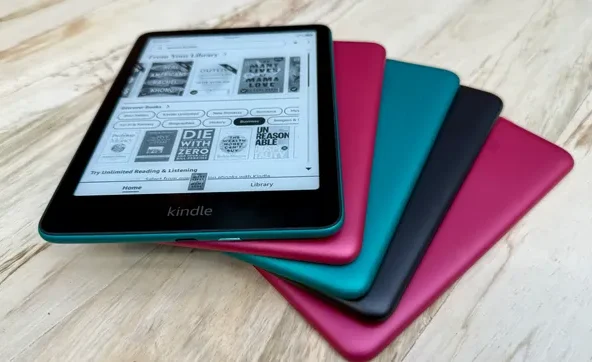For young children just beginning their educational journey, writing and drawing are essential tools for learning. A primary composition notebook is specially designed to support this stage of development. With features like dotted lines for proper letter formation and blank sections for illustrations, this notebook encourages creativity while also teaching structure. It serves as a foundational tool in early classrooms where writing and storytelling are first introduced.
The format of a notebook is tailored for beginner writers. Children are guided to form letters properly thanks to the handwriting lines that include a top, bottom, and dotted middle line. This consistent structure helps improve penmanship and spacing, skills that are necessary for writing fluency. The inclusion of drawing space further enhances the learning experience by letting children visually express their thoughts before writing about them.
Teachers use these notebooks as a part of their daily lesson plans. Whether students are practicing sight words, composing short stories, or recording simple science observations, the notebook provides a structured and personal place to work. Over time, students gain confidence in their writing abilities and develop the habits of expressing ideas clearly and creatively. This tool is not just about writing, it supports early literacy, fine motor skills, and cognitive development. Its simple design makes it a valuable resource in any learning environment focused on foundational education.
Benefits Of Using A Primary Composition Notebook In Classrooms
The primary composition notebook plays a key role in early childhood education by offering a reliable tool for handwriting instruction and creative expression. Designed specifically for young learners, it helps bridge the gap between pre-literacy skills and more advanced writing development. The notebook’s structure supports teachers in providing consistent practice and helps students feel more confident in their writing tasks.
One of the greatest advantages of the notebook is its lined format, which teaches children the basics of letter sizing and spacing. The dotted middle line between the top and bottom lines acts as a guide for properly shaping uppercase and lowercase letters. This is especially useful for kindergarten and first-grade students who are just beginning to write independently.
The notebook is an essential tool for any self publisher starting out in children’s literature. It allows writers to organize their ideas, plan storylines, and even sketch layout designs before moving to digital formats. For self-publishers who manage everything from writing to formatting, having a physical notebook to capture raw creativity can streamline the production process and maintain consistency across drafts..
How Early Learners Benefit From Consistent Writing Tools
Children need structure when learning to write, and the primary composition notebook provides that in an age-appropriate format. Unlike generic notebooks, this type of writing tool is customized for small hands and developing fine motor skills. The pages are wider and the spacing between lines is greater, allowing young students to focus on writing without feeling overwhelmed.
As they fill its pages, they can look back and see how their handwriting, sentence structure, and vocabulary have improved. This personal growth is motivating and can be celebrated during parent-teacher meetings or end-of-term evaluations. The notebook becomes a portfolio of learning that documents academic and personal development.
Teachers often use these notebooks for various subjects, including reading comprehension, writing prompts, and even simple journaling. When creating a children’s book, using a notebook can be incredibly helpful. The structured pages, with space for illustrations and text, mirror the format of early reader books, helping authors visualize how their content will appear to young readers. This format supports better pacing and alignment between storytelling and imagery, which is especially crucial in books designed to educate or entertain children.
Choosing The Right Primary Composition Notebook For Students
When selecting a notebook, it is important to consider the needs of the classroom and the learning level of the students. Not all notebooks are created equal. Some feature extra-wide lines for pre-K and kindergarten students, while others offer slightly narrower lines for first or second graders. The goal is to match the notebook’s layout to the student’s stage of writing development.
A stitched or sewn binding is often more durable than spiral options and helps prevent pages from falling out. A sturdy cover can withstand frequent handling, which is common in primary classrooms. Some notebooks even include name labels, subject headers, or story starter prompts to give students a more guided writing experience.
A key feature of a notebook is its support for book illustration development. The top portion of each page is perfect for sketching scenes, character designs, or cover art concepts. Whether you’re an author-illustrator or collaborating with an artist, this notebook helps visualize and refine illustrations alongside the narrative, bringing your children’s book to life with more cohesive visual storytelling.
Supporting Literacy With A Primary Composition Notebook
The notebook remains one of the most effective tools for early childhood education. It provides young students with a familiar, structured place to practice handwriting, storytelling, and personal expression. Its format supports both writing mechanics and creativity, offering a balanced approach to literacy development.
As students progress through the school year, the notebook becomes a reflection of their growth. From drawing simple pictures to writing full sentences, children gain confidence and skill with every page. The primary composition notebook not only helps teachers organize instruction but also gives students a sense of ownership in their learning. For any classroom focused on early literacy, it is a valuable and proven resource.







